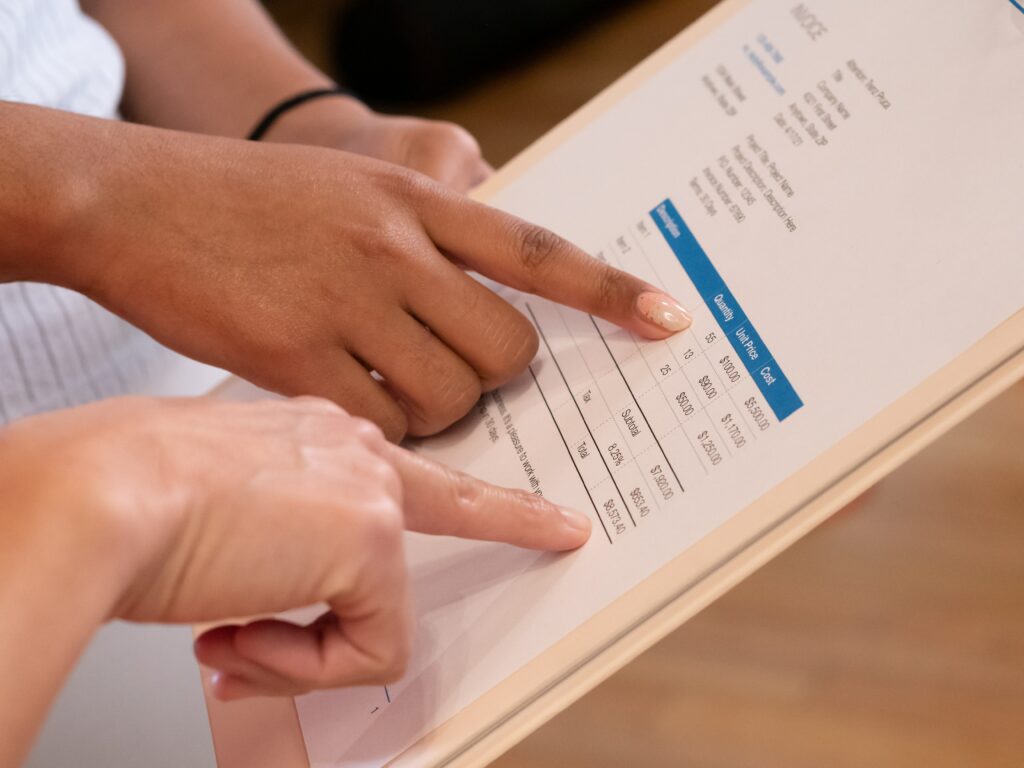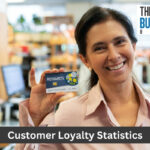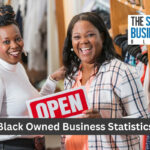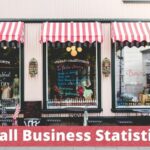The B2B success statistic stands that only 35% of businesses will still be left standing within ten years. According to the US Bureau of Labor Statistics, that compares to 1 in 5 B2C companies out of 32.5 million that will fail. Surprisingly, the statistic stands that businesses that opened during the pandemic starting from March 16th 2020, had a better success rate than those established in March 2019 pre-pandemic. 21.6% of brands established in 2019 failed within the first year compared to 18.4% of startups in 2020.
The pandemic is over, but the statistic still stands that only 35% of businesses fail within ten years. With that in mind, let’s explore why it happens and how B2B brands can avoid failure.
Post Contents
Brand Awareness And Loyalty
Despite 84% of B2B marketers believing brand awareness to be their top goal, it’s also one of the top reasons for company collapses. That might be because the statistics also show that only 54% of brands have a B2B brand program in place to measure brand awareness and loyalty.

The solution could be a B2B customer loyalty programme or finding ways to connect with buyers on an emotional level to increase brand awareness and loyalty. Connecting emotionally is believed to double the impact over marketers that focus solely on the sale.
Market Saturation
Market saturation is a big problem for the B2C industry, and it turns out it’s the same for the B2B industry. In layman’s terms, market saturation means the market growth trajectory of a product or service goes stagnant.
Still, the B2B eCommerce market is growing at a compound annual growth rate of 18.7%, so there is room at the inn, as the saying goes. It’s easy for established brands to calculate market saturation by dividing the company’s total sales by the industry’s total sales.
Calculating market saturation gives brands a clear guide about what products or services to sell and whether to find a new gap in the market. Finding a new gap can be incredibly effective when it comes to launching a successful business since you manage to bring to the market something that is actually needed and has a very high possibility of doing really well.
Faulty Business Structure
Hubspot states that a solid business plan is essential for B2B brands. It’s like laying down the foundations for a house – you won’t have a solid home that’s left standing after years with that solid foundation.
The statistics also state that entrepreneurs that start out with a business plan are 129% more likely to push beyond the startup phase and find success. The Harvard Business Review also found that 16% of entrepreneurs that create a business plan are more likely to achieve viability.

Here’s what Hubspot believes, at a minimum, should be in a business plan:
- Sales team structures
- Sales channels to use
- Sales tools, software and resources
- Prospecting strategies
- Sales goals and budgets
There are plenty of business plan templates online to follow to help any B2B brand. However, it is a much better idea to create your own. However, for this, you need advanced marketing knowledge. If you do not have anyone in your team capable, you should hire someone.
How To Avoid Failure
How to avoid failure is tricky. There are other failure factors at play, like a lack of funding, a poor business idea, unsuccessful marketing strategies, weak leadership, and poor cash flow management. The best thing a B2B brand can do is plan, plan, and plan again.
Those with a plan have guidance, structure, and a vision of how to succeed. Thorough market research before establishing also plays a part in success. Research can help determine how much to invest, whether the market is saturated, and how many other companies within the same niche have succeeded.
Focusing on the buyer and the needs of the buyer is also essential. For example, the B2B industry has shifted heavily towards desires for self-service and remote options, something many well established B2B brands are changing so that buyers are happy. We do not naturally think about this when looking at B2B companies since, in theory, everything is much more professional. But, nowadays, even corporations need to adapt and become much more personal.
Whether B2B or B2C, establishing and running a successful business is tricky. It’s often the case of high risk, high reward – or more often than not, high risk, huge losses. Creating a solid foundation, reviewing that foundation, and understanding the market and buyers operating in it can help businesses achieve success.






























